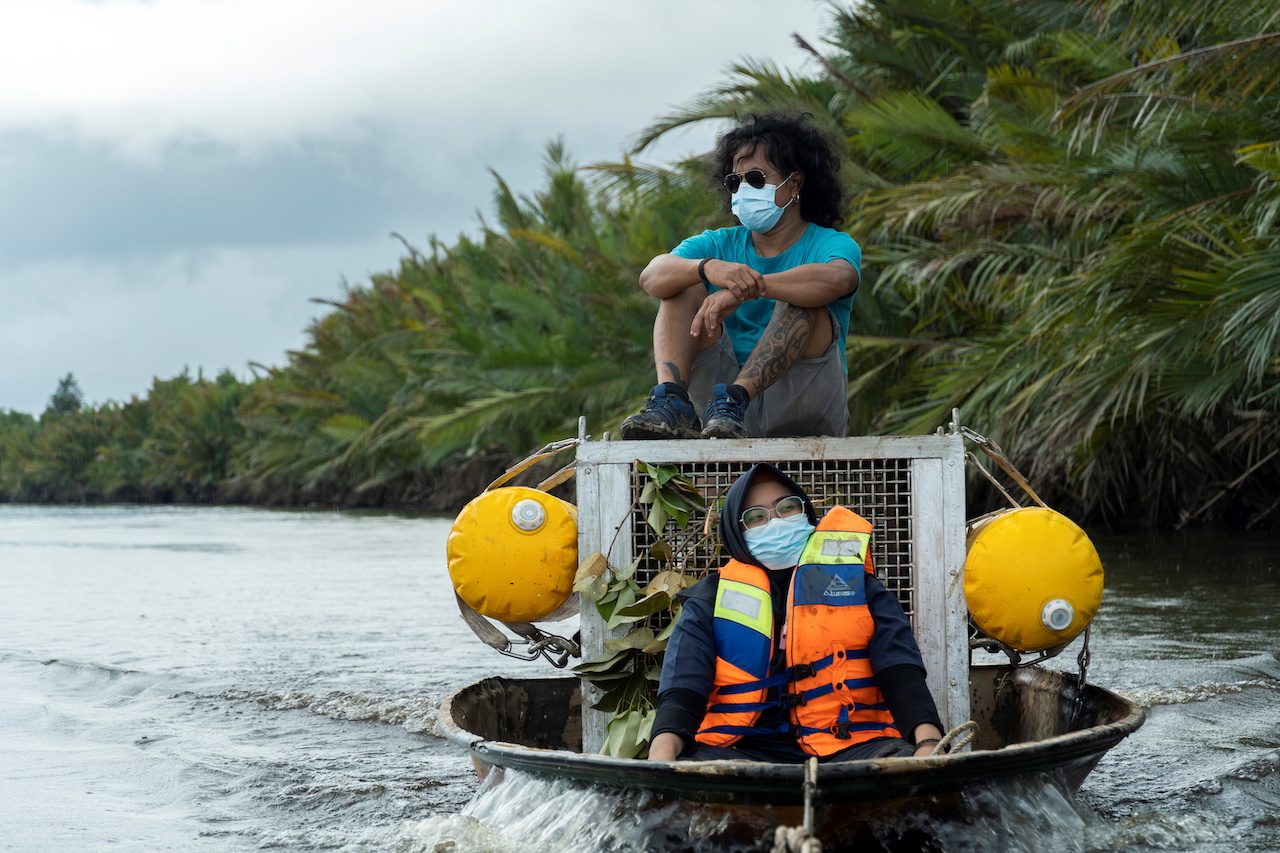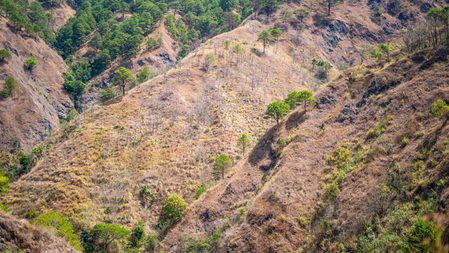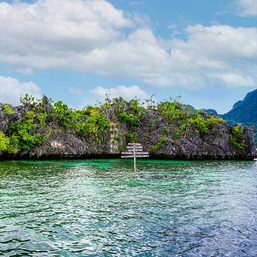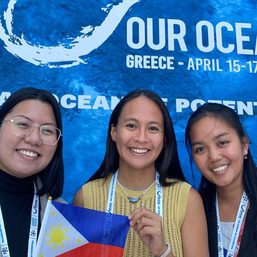SUMMARY
This is AI generated summarization, which may have errors. For context, always refer to the full article.

A growing global push to safeguard nature by pledging to protect about a third of the planet’s land and oceans by 2030 will fall short unless biodiversity-rich Southeast Asian nations get behind the ambitious proposal, environmentalists have warned.
Leaders of the G7 wealthy nations this month backed a coalition of about 60 countries that have already promised to conserve at least 30% of their land and oceans by 2030 (30×30) to curb climate change and the loss of plant and animal species.
Cambodia is the only Southeast Asian nation to have signed up to the goal so far, although it has been endorsed by countries in other parts of Asia-Pacific, including Japan, Pakistan, and the Maldives.
Brian O’Donnell, director of the US-based Campaign for Nature, which is calling on world leaders to back the pledge, said it was “very important” to get governments in the Association of Southeast Asian Nations (ASEAN) on board.
“Given the incredible biodiversity in the region, much of which is facing pressure, ASEAN countries are a key voice to support 30×30,” he told the Thomson Reuters Foundation.
Southeast Asian countries cover just 3% of the Earth’s surface but are home to three of the world’s 17 “megadiverse” countries – Indonesia, Malaysia, and the Philippines, according to the Campaign for Nature.
These “megadiverse” nations have been identified by conservationists as being the richest in species, in a bid to raise awareness and spur protection efforts.
Southeast Asia’s land and ocean contain 35% of mangrove forests and 30% of coral reefs, while more than 2,000 animal and plant species have been discovered there over the past two decades.
The region is also home to about 18% of the world’s endangered species, according to the Campaign for Nature.
In Indonesia, for example, the Rawa Singkil Wildlife Reserve is a high-priority conservation area and critical wildlife habitat, dubbed the “orangutan capital of the world,” while the endangered pygmy elephants live in the rainforests of Borneo.
But several ASEAN countries are experiencing high deforestation rates, with Indonesia, Malaysia, Laos, and Cambodia among the top countries for primary forest loss, according to monitoring service Global Forest Watch.
New global accord
The 30×30 goal is included in the draft text of a new global treaty to protect the planet’s plants, animals, and ecosystems, due to be agreed at an October 11-24 summit in China, according to officials at the UN Convention on Biological Diversity (CBD).
But much of Southeast Asia is currently battling to contain a sharp rise in coronavirus cases, with new restrictions, business closures, and attempts to rapidly scale up vaccinations.
The crisis has rightly become a higher priority for policymakers than nature conservation, said Ravi Sharma, a former CBD director, adding regional talks had also been disrupted.
But research shows that maintaining intact ecosystems can help avert future infectious disease outbreaks, he added.
Investing in nature and adopting policies for a green COVID-19 recovery could generate 395 million jobs and about $10 trillion in business opportunities by 2030, according to the World Economic Forum.
But the economic benefits of biodiversity conservation are not yet clear to all of Southeast Asia’s political leaders, many of whom are relying on natural resources to lift their people out of poverty, green groups say.
Malaysia and Indonesia are the top two producers of palm oil, the world’s most widely used edible oil, which environmentalists blame for forest destruction.
“ASEAN countries are conscious that the actions needed for 30×30 would have economic implications as well as costs for implementation,” said Tony La Viña, a prominent Philippine environmental lawyer and activist.
“These fears have a basis but can be overcome once they realise the long-term economic and development benefits of the goal, as well as identify the opportunities (it) would open up in terms of conservation and sustainable livelihoods,” he said.
A delay in Southeast Asian nations backing the 30×30 target could be a tactic to secure more funding from richer countries to invest in nature, conservationists said.
A key part of the pledge will be to respect the rights of indigenous groups and communities living in protected areas, many of whom play a vital role in conservation, said O’Donnell.
Southeast Asian countries have developed innovative nature projects involving local communities and by joining the 30×30 group, they could lead that work, he added.
The best incentive for them would be if the proposal included payments to local communities and indigenous peoples for looking after their natural environment, La Viña said.
Green grabbing
Biodiversity loss is directly linked to how rich nations have benefited economically from exploiting nature – and so they bear a greater responsibility for fixing the problem, said Arie Rompas, a forest campaigner at Greenpeace Indonesia.
But even ASEAN governments have often overlooked indigenous communities when pursuing economic growth, and have not done enough to guarantee their land tenure and other rights, he said.
The 30×30 goal appears to have been developed without adequate consultation of indigenous and other local communities, he noted.
International conservation efforts have a history of failing to recognize or address problems such as “green grabbing,” where land used by local people is set aside and may become off limits to them, said Amber Huff, a research fellow at the UK-based Institute of Development Studies.
The global biodiversity and climate crises require action, but proposed solutions must tackle the root causes and accept that people can and do live sustainably alongside nature while making use of it for their livelihoods and wellbeing, she said.
“Plans like the blanket 30×30 initiative will rob indigenous peoples and rural farmers, foragers, and fishing communities around the world of their lands and livelihoods in the name of environmental ‘restoration,'” she warned. – Rappler.com
Add a comment
How does this make you feel?




![[OPINION] Fossil fuel debts are illegitimate and must be canceled](https://www.rappler.com/tachyon/2024/04/IMHO-fossil-fuel-debt-cancelled-April-16-2024.jpg?resize=257%2C257&crop_strategy=attention)
![[WATCH] John Kerry: You can’t solve climate crisis without addressing ocean’s challenges](https://www.rappler.com/tachyon/2023/12/cop28-united-states-john-kerry-december-2-2023-reuters-001.jpg?resize=257%2C257&crop_strategy=attention)












There are no comments yet. Add your comment to start the conversation.